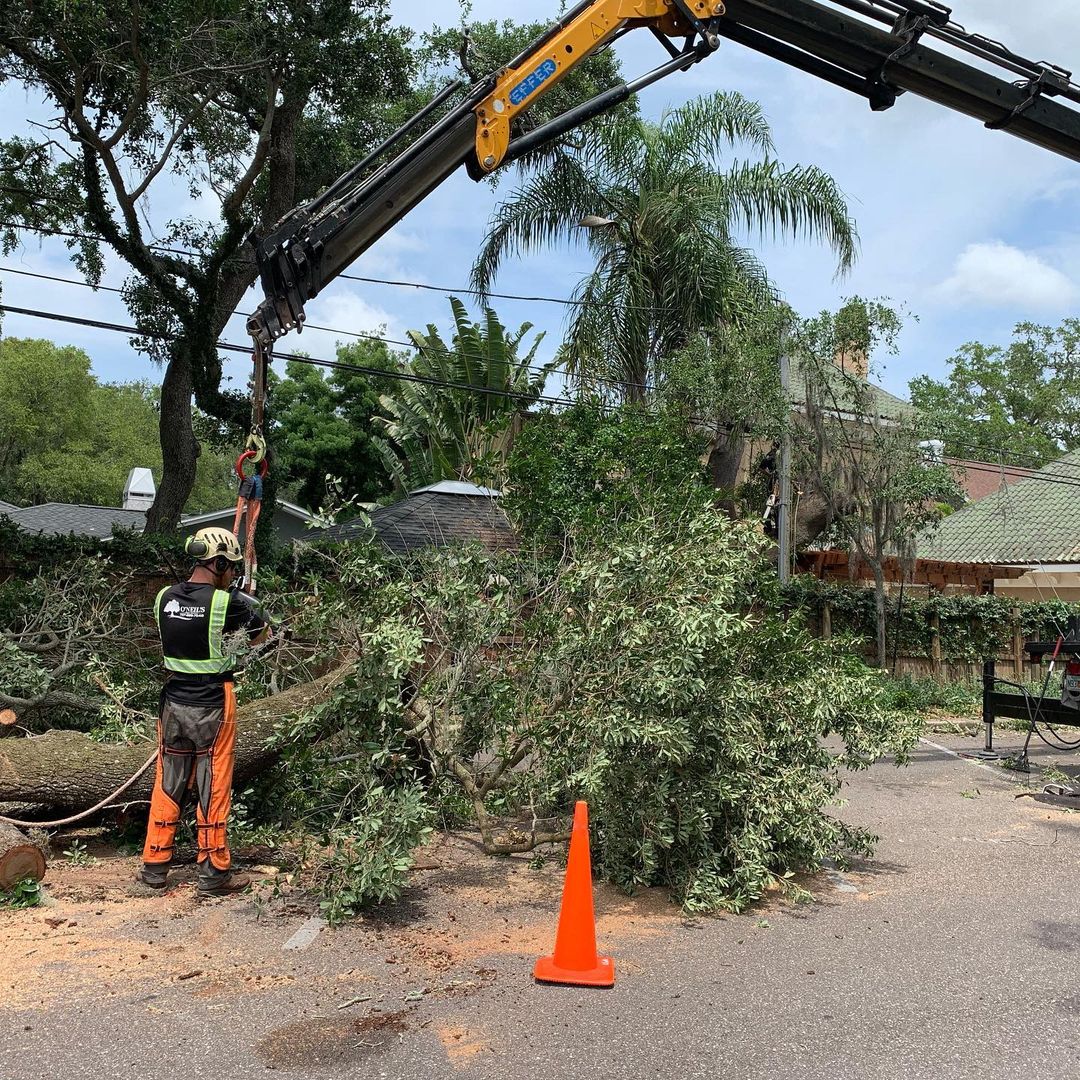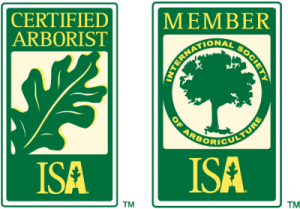Services
We can perform any service you need
From Tree Pruning and Tree Removal to Organic Tree Fertilization, O’Neils Tree Service can preform any tree service you need. We serve all of Pinellas County and Hillsbourough County. We do what we say we will and get the job done quickly with ISA Certified Arborists on staff that ensure the work is done right so that your trees are happy and healthy. We perform all tree services with safety in mind at all times. Trees are an important part of our environment but can become hazardous if not cared for properly. One of our primary goals when accessing your trees is to increase the safety to your home, to your family, to your business and to the broad public.
- ISA Certified Arborists
- Safety First
- Up-To-Date Science & Techniques
- Integrity & Professionalism
- We Educate to Improve Understanding



Tree Removal
Most people don’t realize that if the stump looks big above ground it is generally much more impressive below the surface.

Tree Pruning
We follow industry standards and our pruning is performed based on the most recent scientific research.

Hazardous Removal
We have the right equipment (chippers, bucket trucks, loaders & more) and expertise to remove the largest trees.

Stump Removal
Most people don’t realize that if the stump looks big above ground it is generally much more impressive below the surface.

Cabling & Bracing
Support your valuable trees to preserve their unsturdy structure. Cabling supports the trees natural strength.

Fertilization & Soil
Healthy soil is full of rich organisms and nutrients that are necessary for trees to live and reach their full potential.

Lightning Protection
Protect your valuable or historic trees with our lightning protection system that redirects lightning away from the tree.

Drought Services
When there's an insufficient amount of water in the soil, this can lead to problems for a trees survival.

Tree Construction Protection
Tree damage during construction can be severe. Avoid these problems by having a Certified Arborist on site.
